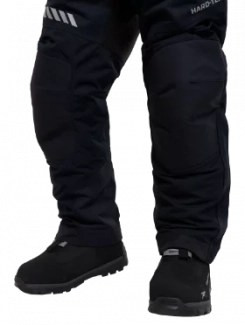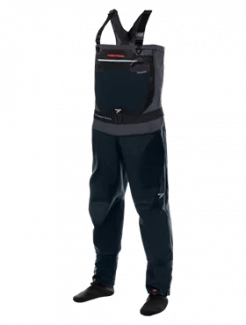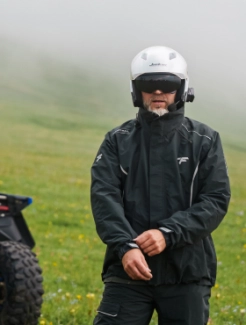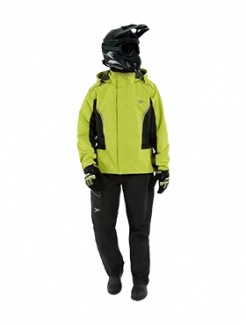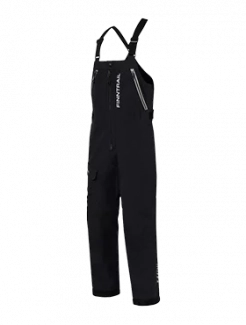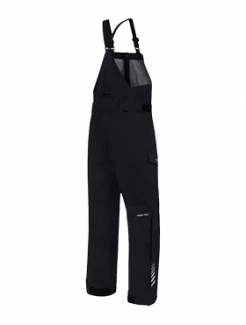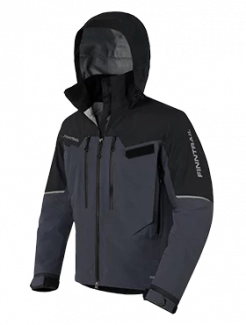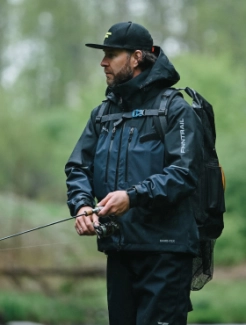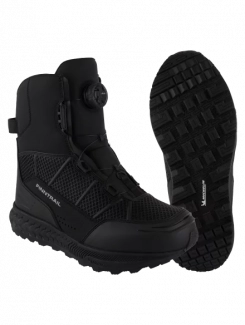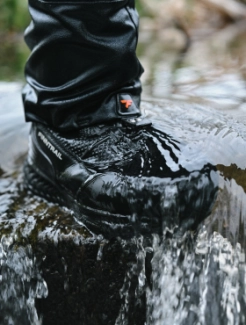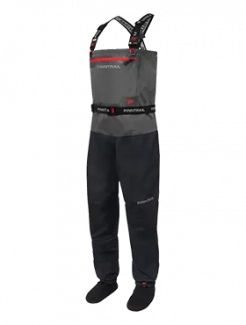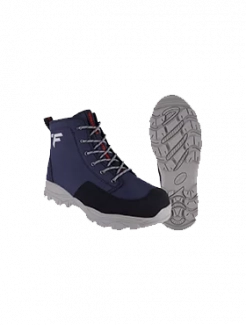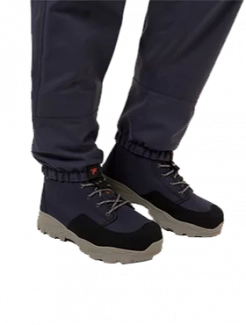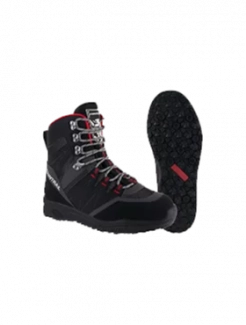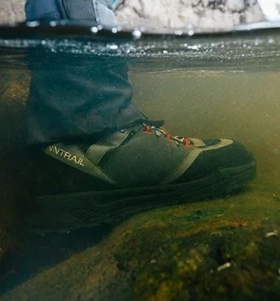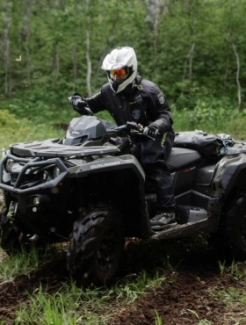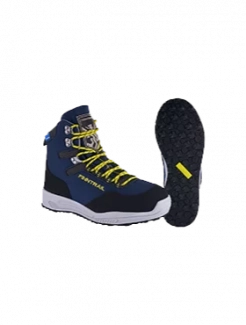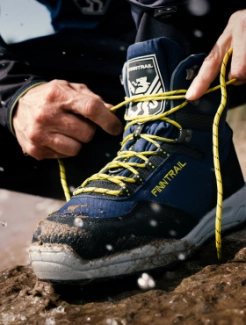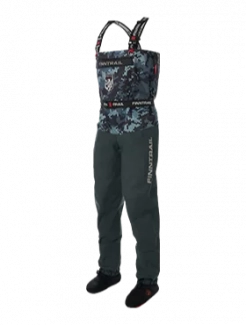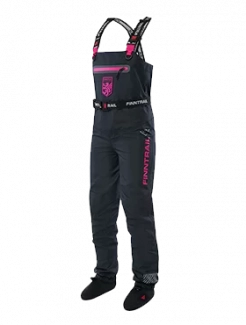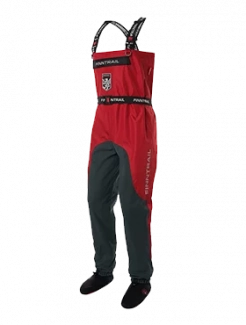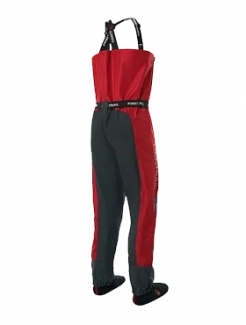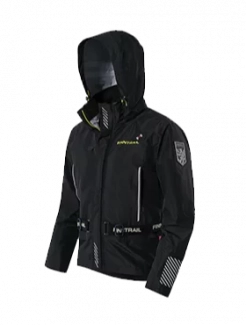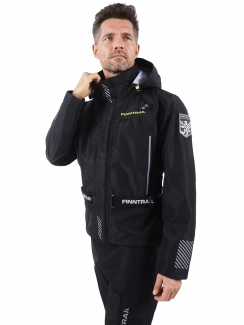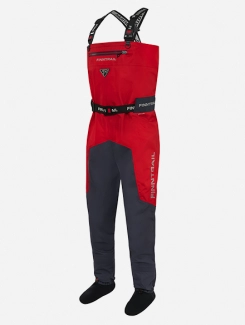How to Prevent Rust from Developing on your ATV
Essential functions of the ATV can be irreversibly compromised by rust. So, it’s necessary to do all we can to avoid rust and its damaging effects.
WHAT CAUSES RUST TO FORM
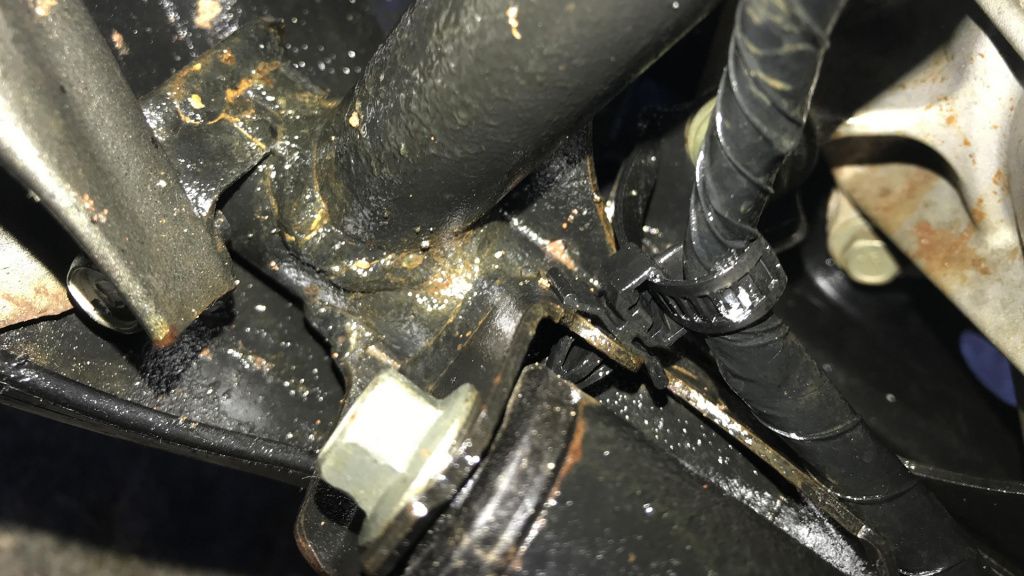
No matter the make and model of your ATV, underneath it all, it’s just a machine made of steel and iron. Iron and alloys like steel react with oxygen and water, known as oxidization. This causes a red/brown coat on the metal called rust, which in turn causes corrosion and damages the structural integrity of the ATV’s frame.
Oxidization requires metal, oxygen, and water. Now, it’s impossible to avoid oxygen, as it’s all around us. Water, too, is common, but it’s a lot easier to keep water from remaining on the metal of our ATVs than it is to avoid oxygen! So, most techniques for avoiding rust revolve around reducing the time water is in contact with the metals on your ATV.
STORE YOUR ATV IN A WELL-VENTILATED GARAGE

The first consideration for avoiding water on your ATV is never to leave it outdoors overnight. If you can avoid leaving the ATV in the rain at all, all the better, as it’ll take less time to dry. A covered garage for your ATV is a valuable ally in rust prevention.
Ventilation is important. Without proper ventilation in the room, the moisture will stay in the air, increasing the chance of oxidization. A dehumidifier is an option, but it’s better to ensure your garage has enough vents and airflow to allow the water to escape freely.
If you don’t have the luxury of a garage, or you’re out camping with your ATV overnight, use a waterproof cover. Be sure to choose a cover with breathable fabric, so moisture isn’t trapped underneath. Plastic covers are no good, as they keep moisture on the bike.
BEWARE OF SALT
At a molecular level, oxidization is caused by the metal losing electrons and forming ions. Salt, unfortunately, acts as an electrolyte which makes it easier for metal to lose electrons. So, salt essentially speeds up the process of rusting.
If you’ve been riding anywhere with salt, you want to remove it as quickly as possible from your ATV. The best way to do this depends on the temperatures you’re riding in. Anything around the freezing point or above, and you’re good to clean the ATV with a hot water pressure washer. Pay particular attention to the underside of the bike.
If you’re riding in temperatures more than 5 degrees below zero, you’ll need to wait until the bike returns to a warmer temperature before cleaning it with a hot water pressure washer or hose.
If you’re riding in salt often, you’ll need to clean your ATV weekly to remove the salt. You can get a special soap designed for removing salt if you’re particularly worried about the salt damage to your ATV.
SNOW, ICE, AND MUD
Snow is a catalyst for rust because it contains salt. It’s best not to store a snowy ATV in a warm garage as this will just accelerate the process of salt getting stuck to the bike, speeding up oxidization. Instead, remove as much snow and ice as possible but wait for the weather to be better before washing the ATV.
If you’re constantly in snow and ice, you’ll probably be better off keeping your garage at the same temperature as outdoors. Snow and ice don’t turn into liquid water this way, so your bike will be relatively safe from rust.
Mud should also be considered a risk factor for rust as it can contain moisture. It’s a good idea to clean your ATV after you’re done riding and let it dry completely.
USE A PROTECTIVE OIL
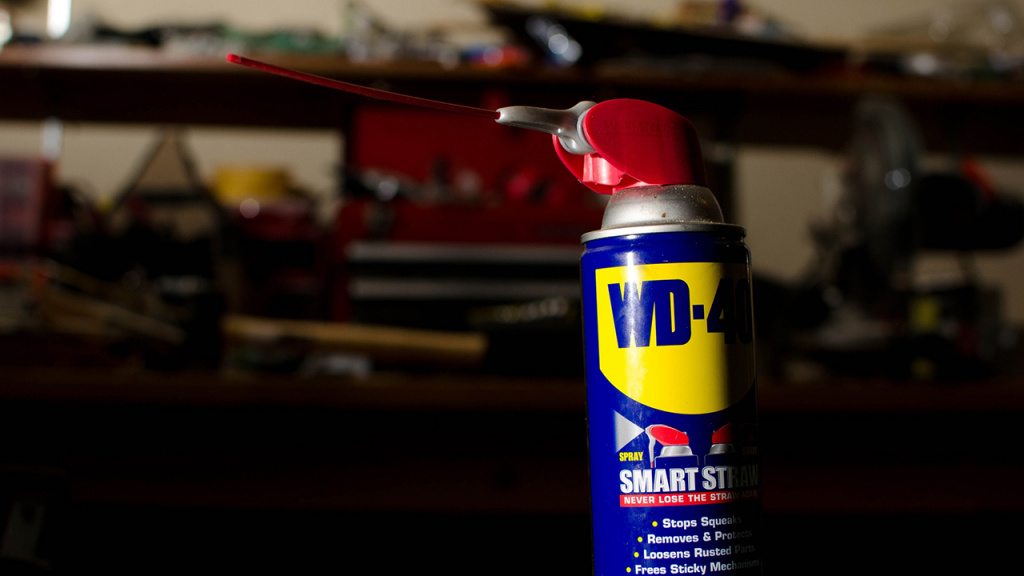
After you’ve cleaned and dried the ATV completely, you can apply a protective oil product to the underside of the bike that acts as a barrier to moisture. Make this a part of your regular cleaning and maintenance routine.
WD-40, Neverrust spray, Fluid-Film, and Krown rust protection are all valid options.
Treat the exposed frame, swing arm, exhaust, radiator, and engine. You can coat the underside of the plastic fenders, too, as this means mud won’t stick so easily, making the bike easier to clean.



